Most people think they know how to scramble eggs, but for truly tender, creamy results with soft curds, there are a few things you need to learn—key among them is when to remove the eggs from the heat so they’re neither runny nor overcooked and rubbery.
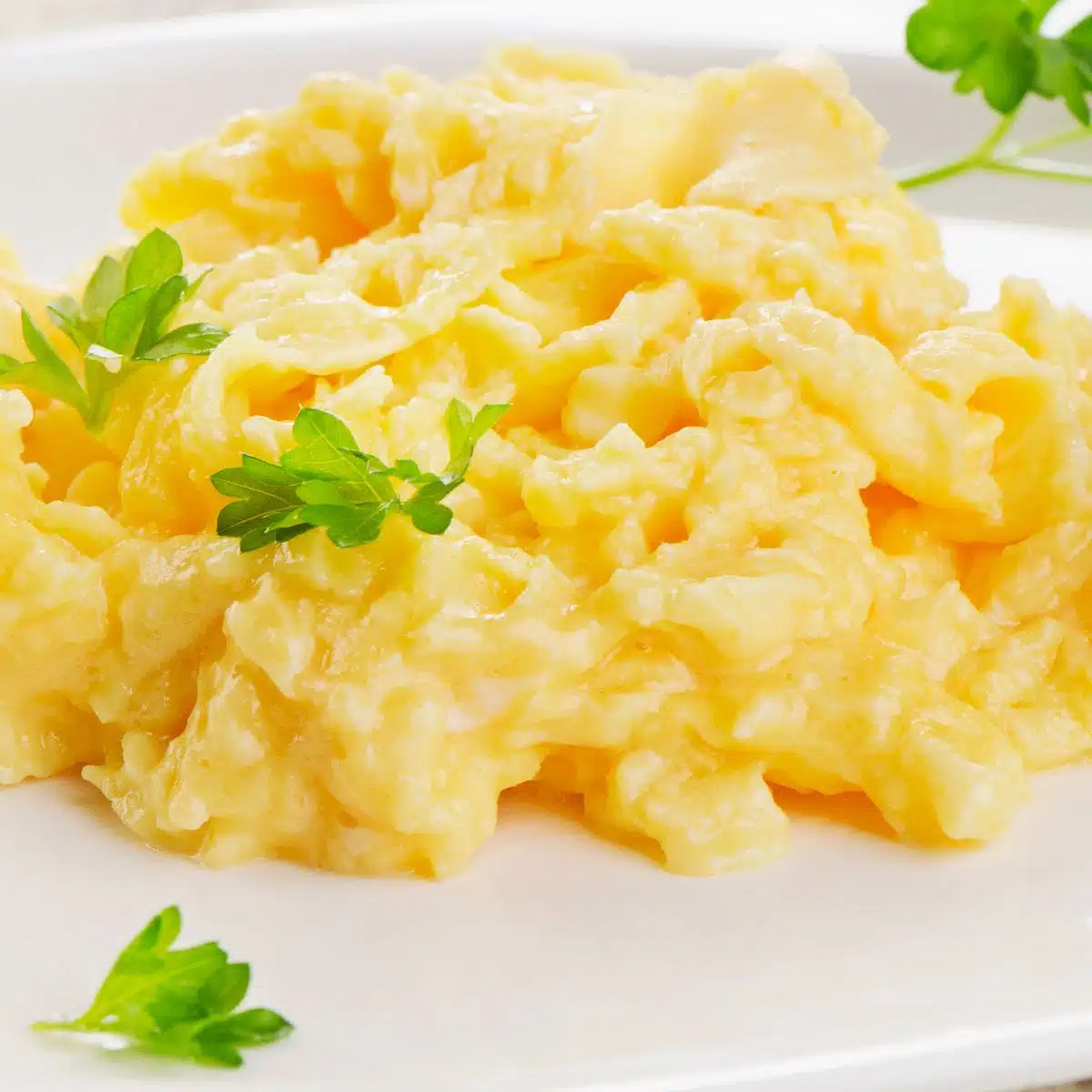
Here are some simple tips for soft, creamy eggs every time-in other words perfect scrambled eggs!
Jump to:
Tips for The Best Scrambled Eggs
1. Slow and low. Cooking slowly over low or medium low-heat reduces the risk of browning and overcooking, and gives you more control over the eggs’ consistency. This is how you avoid rubbery eggs.
2. Add salt. Be sure to add salt to the scrambled eggs before cooking, as this helps the eggs to retain moisture and remain tender. Use a pinch of salt or ¼ tsp.
3. Milk or water is optional. It's not necessary to add either, but both will add volume. Milk will give the scrambled a creamier texture, and water adds lightness and moisture. Opt for a splash of whole milk or even heavy cream
4. Use a nonstick pan. To prevent the eggs from sticking to the bottom of the pan. opt for non-stick pan or a well-season cast iron skillet.
5. Keep stirring. Egg proteins coagulate into curds as they cook. Constant stirring, while gently shaking the pan, breaks down these curds so they’re smaller, softer, and creamier. If you stir just once or twice, you’ll get large egg clumps that have a firmer, “meatier” texture and a rubbery mouthfeel.
6. Move eggs around. Move them from the outside of the pan towards the center. Pans are often hotter around the edge. Stirring the cooked portion to the middle and the uncooked portion to the outside evenly scrambles the eggs.
7. Barely set. Cook the eggs until barely set, “barely” being the operative word. The eggs will continue to cook with residual heat even after they’re removed from the pan (this is known as carryover cooking).
8. Use chopsticks or a rubber (silicone) spatula. Chopsticks are great for stirring eggs. Not only are they gentle on nonstick surfaces, they’re also excellent at breaking the eggs into small curds. If you don’t have chopsticks on hand, use a heatproof silicone spatula or rubber spatula, or wooden spoon.
Buying Eggs

The next time you stock up on this fridge staple, keep these points in mind:
• The only difference between white eggs and brown eggs is the breed of hen that produced them; otherwise, they taste the same. This goes for egg yolks, too—their color, which varies based on a hen’s feed, has no impact on quality. For a nutritional boost, you can opt for omega-3 eggs, which come from hens fed a diet rich in heart-healthy flaxseeds.
• Eggs have porous shells, so they lose moisture and absorb odors easily. Store them away from strong-smelling foods, with their wider, rounded end facing up—there’s an air sack on this side that protects against moisture loss.
• Eggs are best consumed within one week, though they can be refrigerated in their carton for up to a month. For the best results, always opt for fresh eggs. The freshest eggs come straight from the farm or farmers’ market. To determine the freshness of supermarket eggs, look for the Julian date, a three-digit code near the expiration date that indicates the day of the year the eggs were packed. A carton marked “001” was packed January 1; “365” indicates December 31.
Variations
Add the ingredients when the eggs are halfway cooked and still very wet.
- Bacon and sun-dried tomato: 2 Tbs. finely crumbled, crisp cooked bacon and 2 Tbs. small-diced sun-dried tomatoes.
- Roasted pepper and goat cheese: 2 Tbs. chopped roasted red peppers and 2 Tbs. small pieces of goat cheese or brie.
- Smoked salmon and cream cheese: 2 Tbs. chopped smoked salmon, 2 Tbs. small-diced cream cheese or sour cream, and 1 tsp. thinly sliced scallions.
- Other additions include, chopped fresh herbs, such as fresh chives or tarragon, sautéed minced onion, sautéed minced bell pepper, a little grated cheese, such as Monterey Jack or cheddar, or a pinch of cayenne pepper or hot sauce.
How to serve
For a classic breakfast, serve the eggs with a side of bacon and toasted english muffin. These fluffy eggs are also great in breakfast burritos.

How to Scramble Eggs
Ingredients
- 3 large eggs
- Kosher salt and fresh ground pepper
- 1 Tbs. butter
- 2 Tbs. milk (optional)
Instructions
- In a small bowl, whisk eggs with ⅛ tsp. salt, a small pinch of pepper, and the milk (if using) until thoroughly blended and uniform in color. (There's no need for vigorous beating,)
- In a 10-inch nonstick skillet, melt the butter over low heat and then pour in the beaten eggs. Using chopsticks, a heatproof silicone spatula, or a wooden spoon, constantly stir the eggs while shaking the pan. Push the cooked portion from the edges of the pan toward the center of the pan and let the uncooked eggs run from the center toward the edges. Break up any larger curds as you go along. Cook the eggs until they’re moist but no longer runny and have formed small, creamy curds, 2 to 3 minutes. Serve immediately.
Nutrition
More recipes to try
Sign-up for The Flavor Journal Newsletter and Get a Free e-book!

Let's connect!
Be sure to FOLLOW US on FACEBOOK, INSTAGRAM and PINTEREST Many thanks!
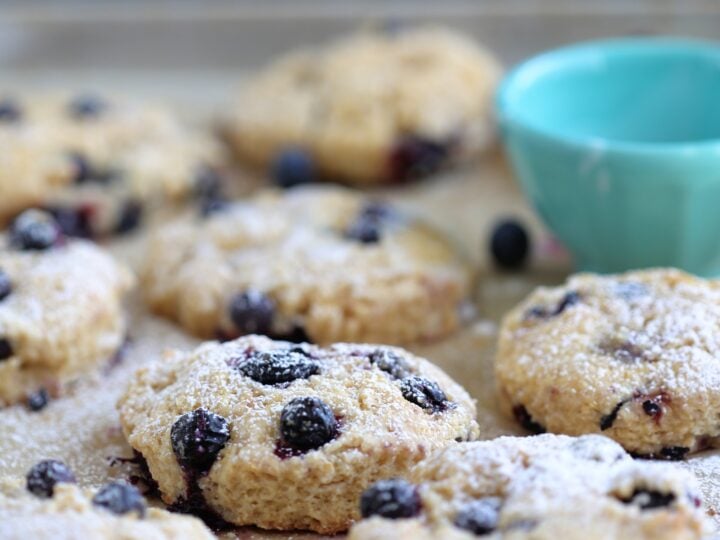

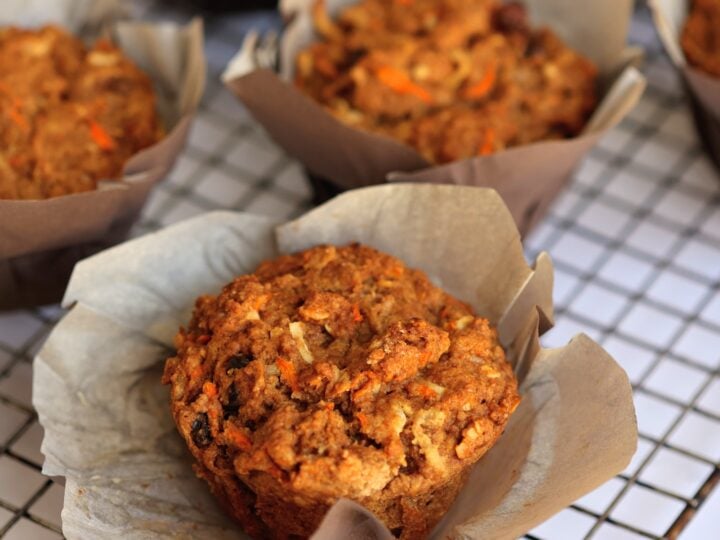
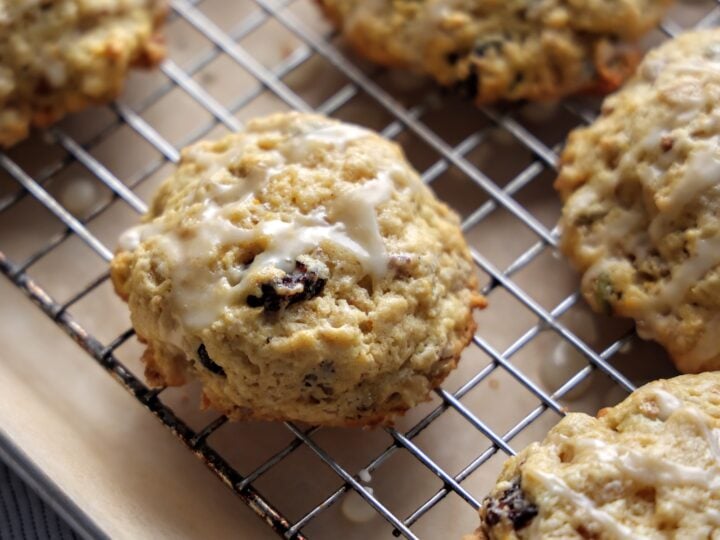

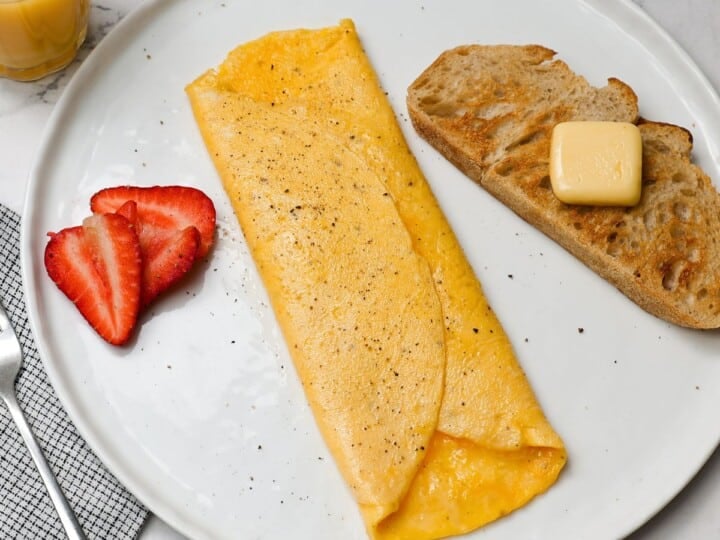


Darryl Huckabee says
I like to let my eggs sit out until room temperature for best results
Kathy Kingsley says
That's a good tip! I do that too ; ) I'll update to include it. Thanks!!
Lila says
thanks for the tips.